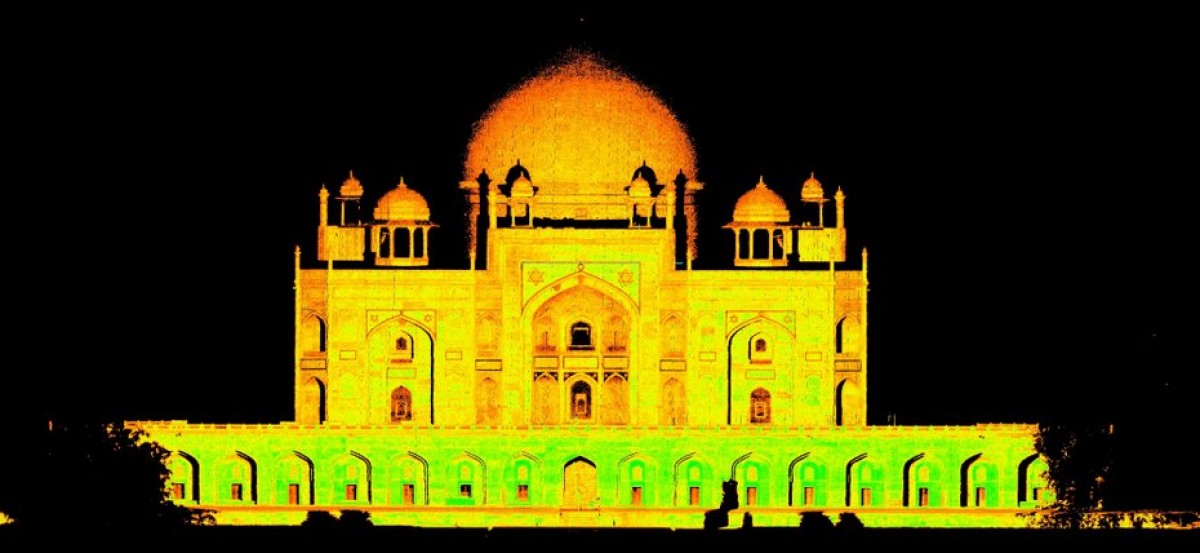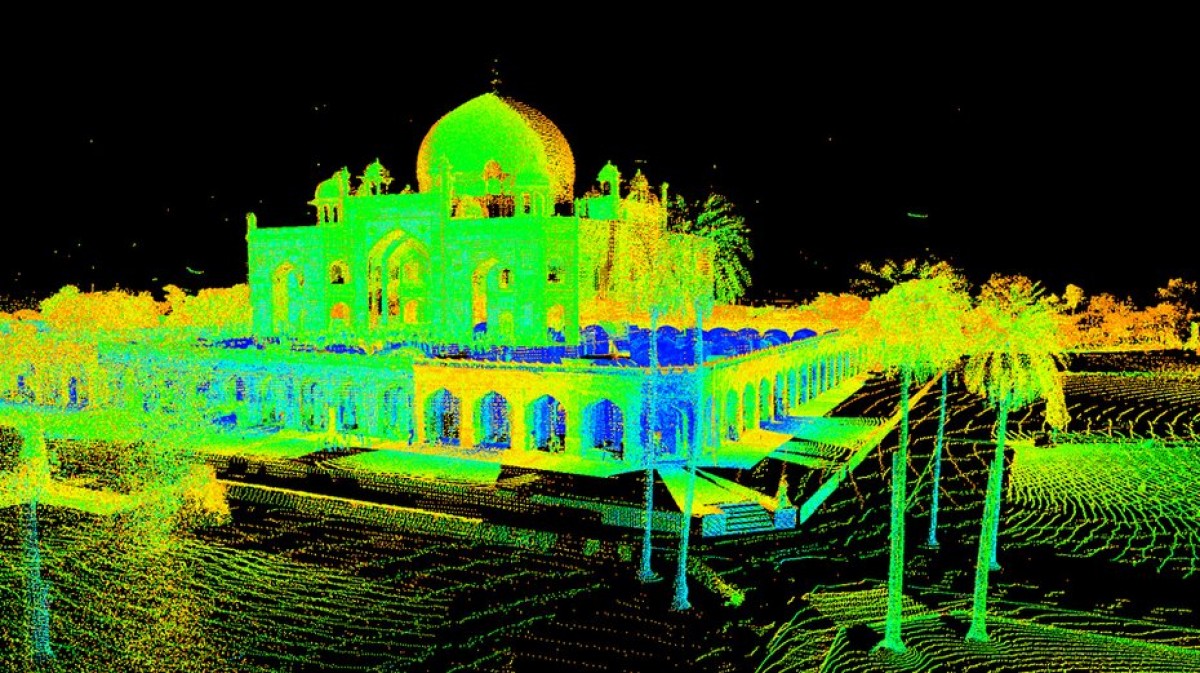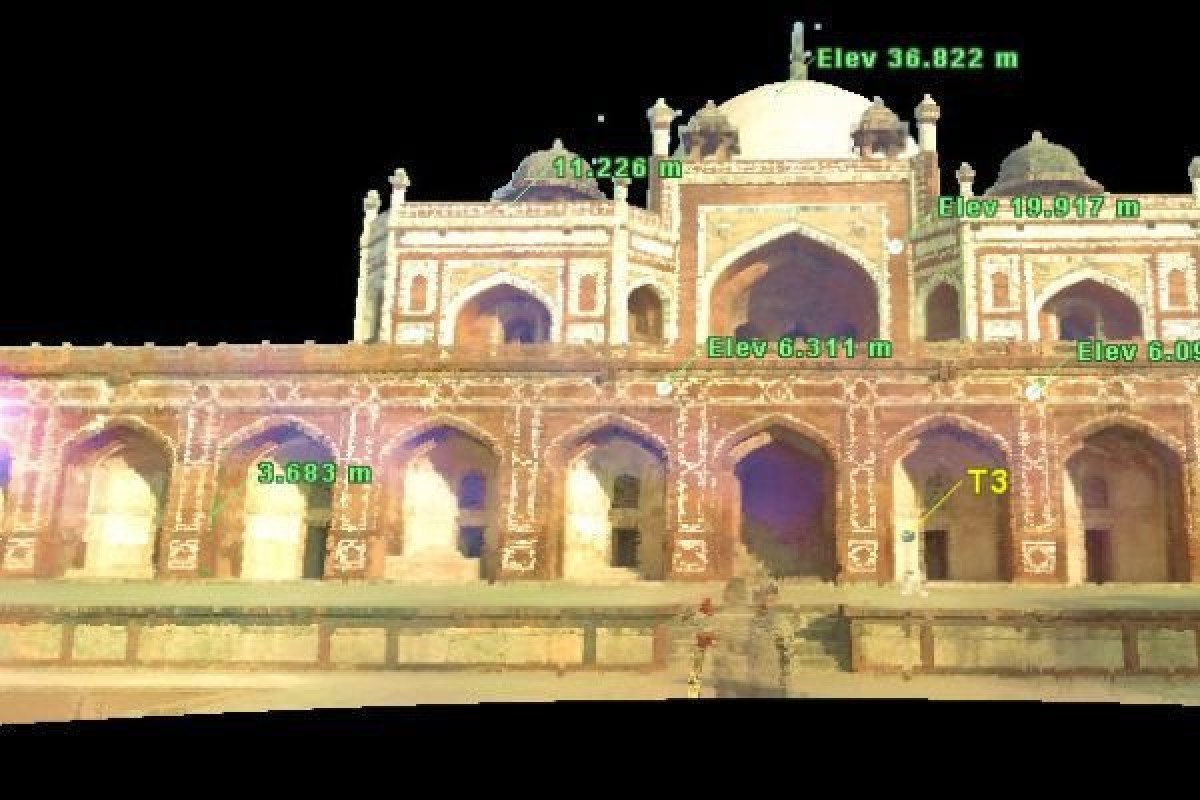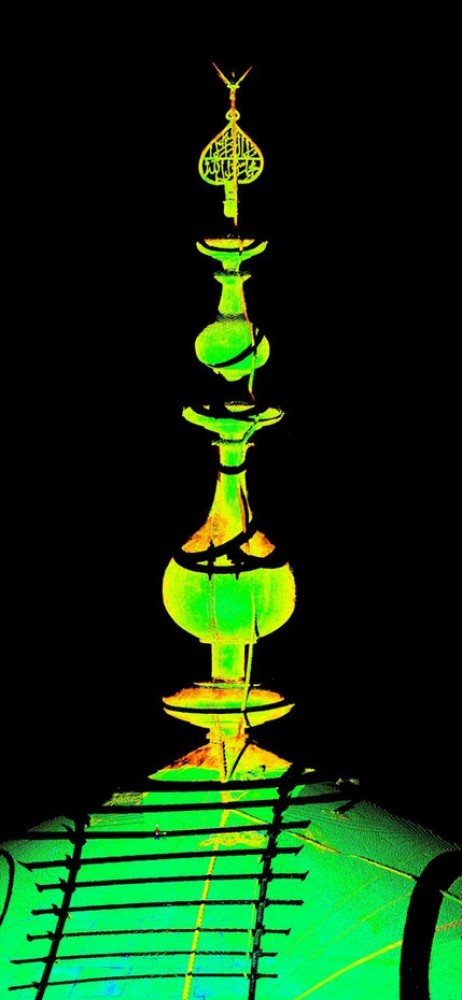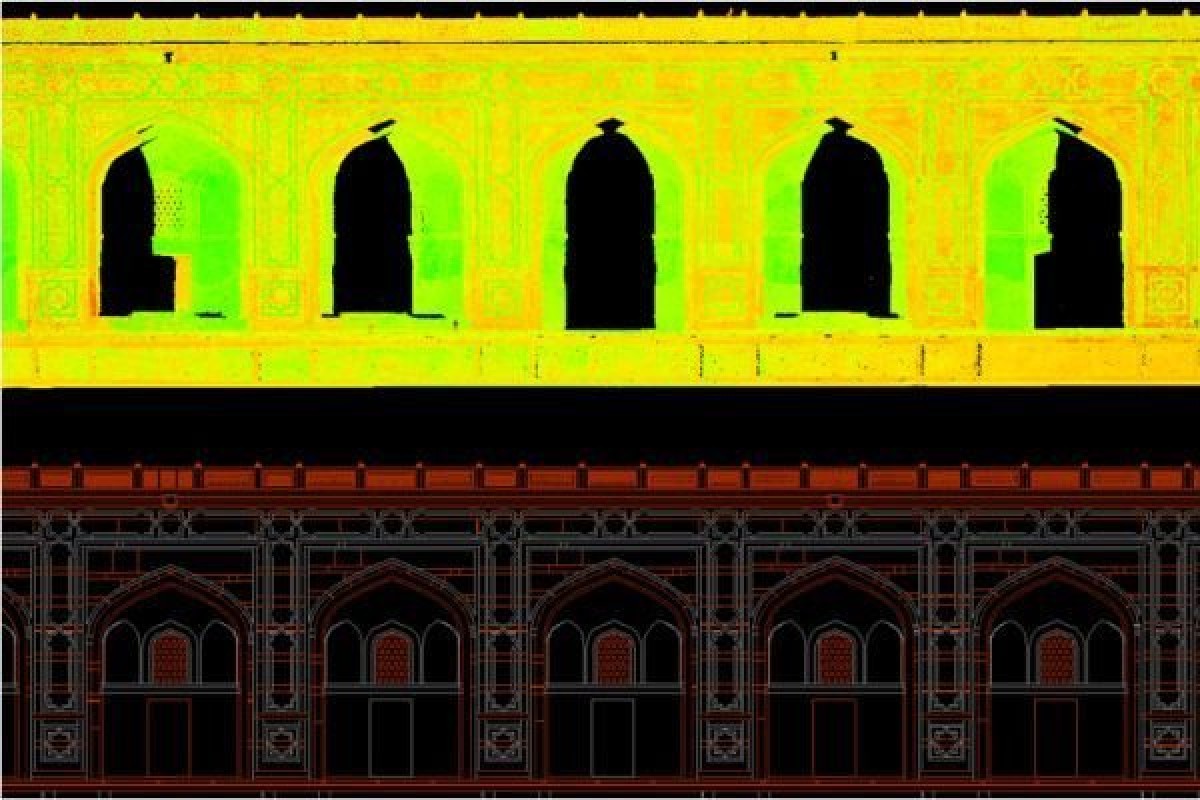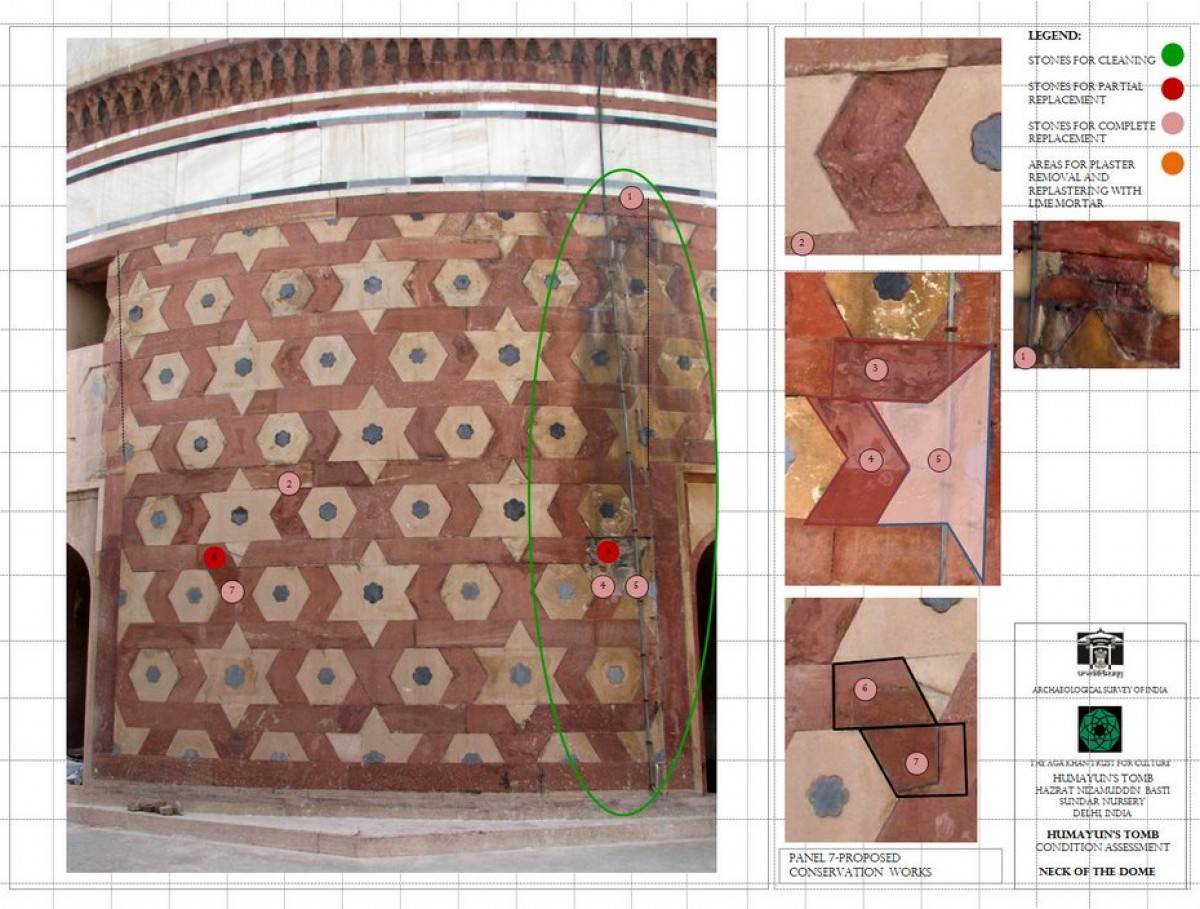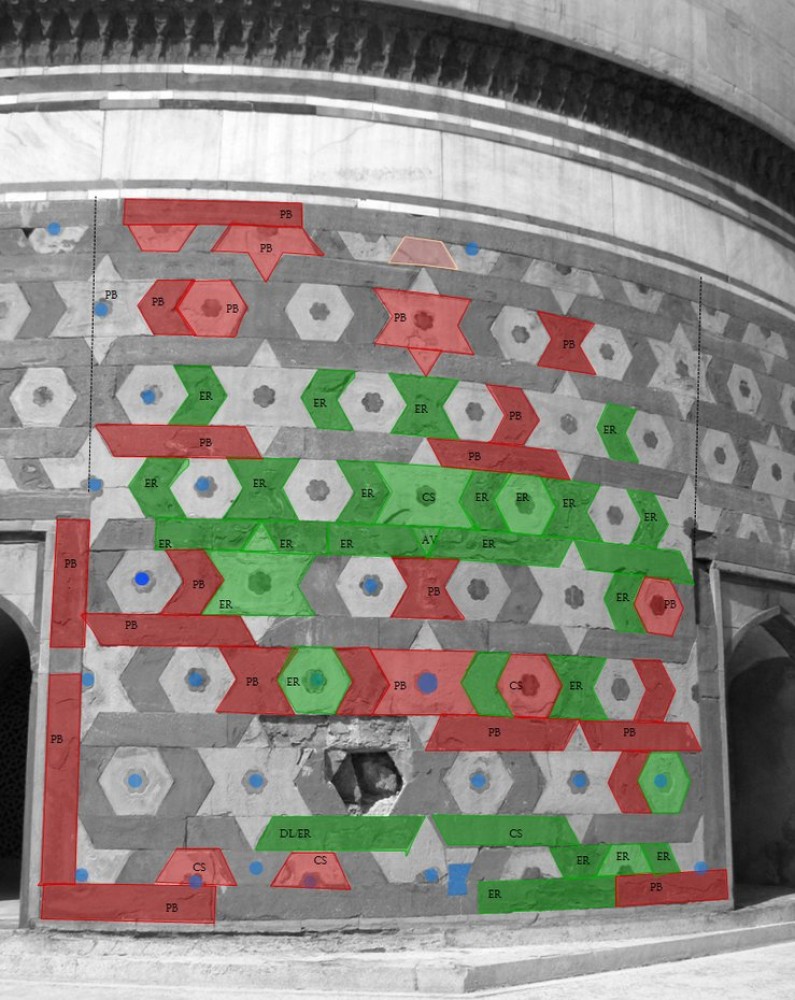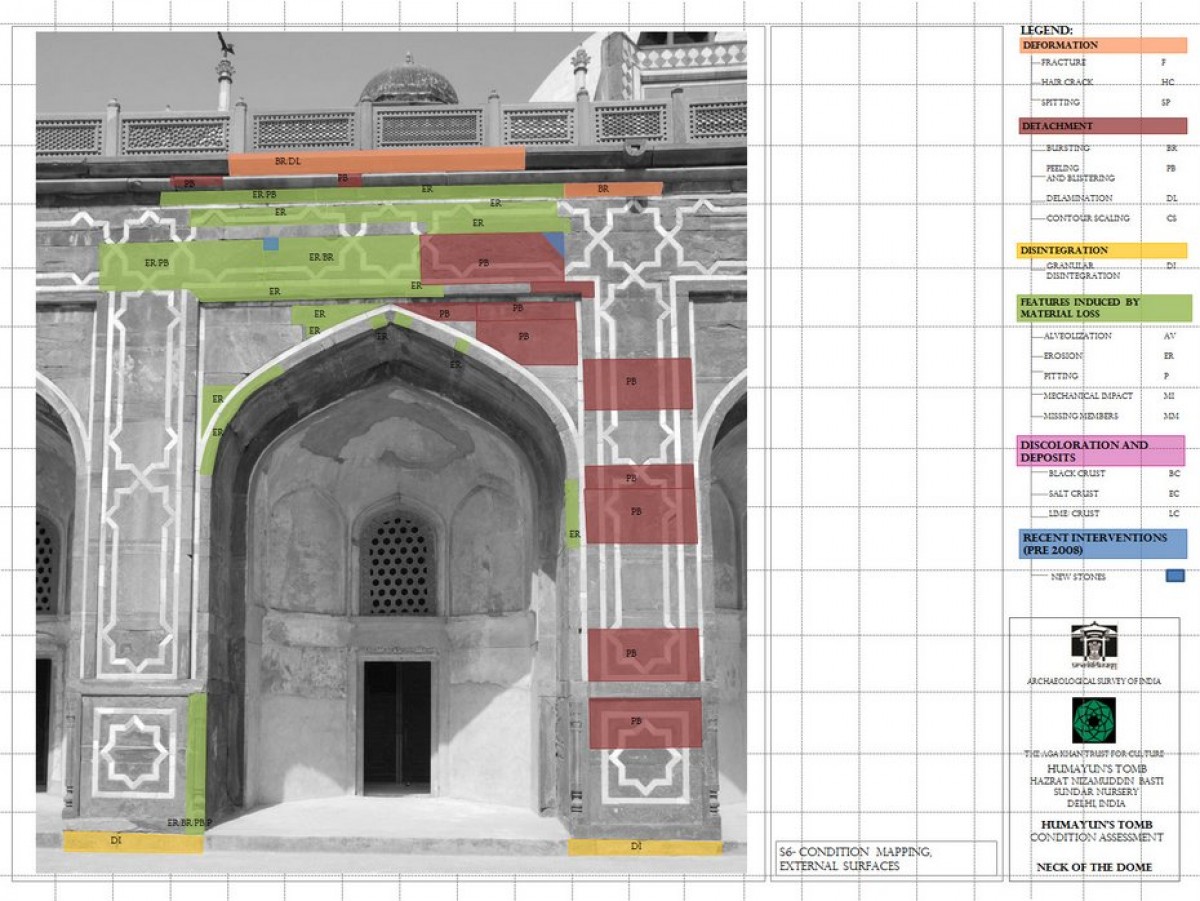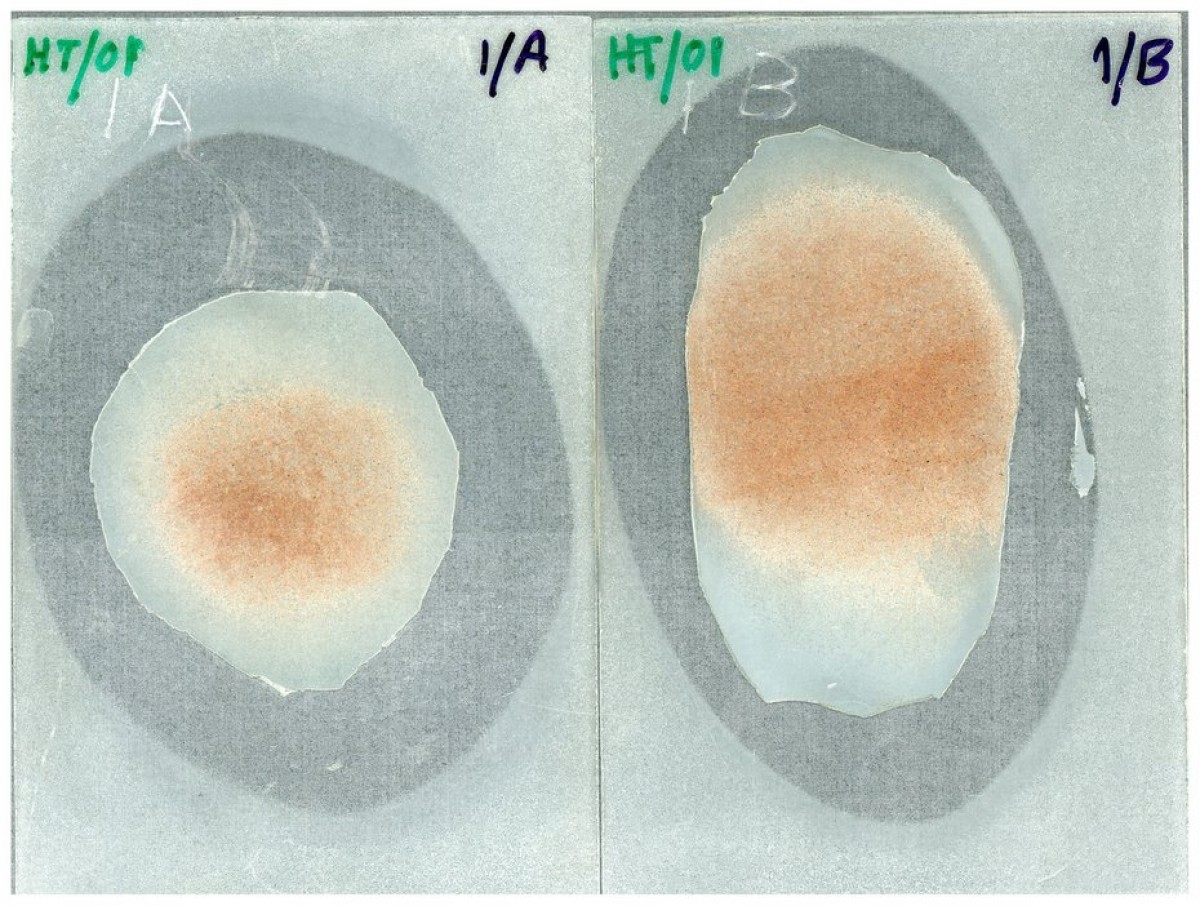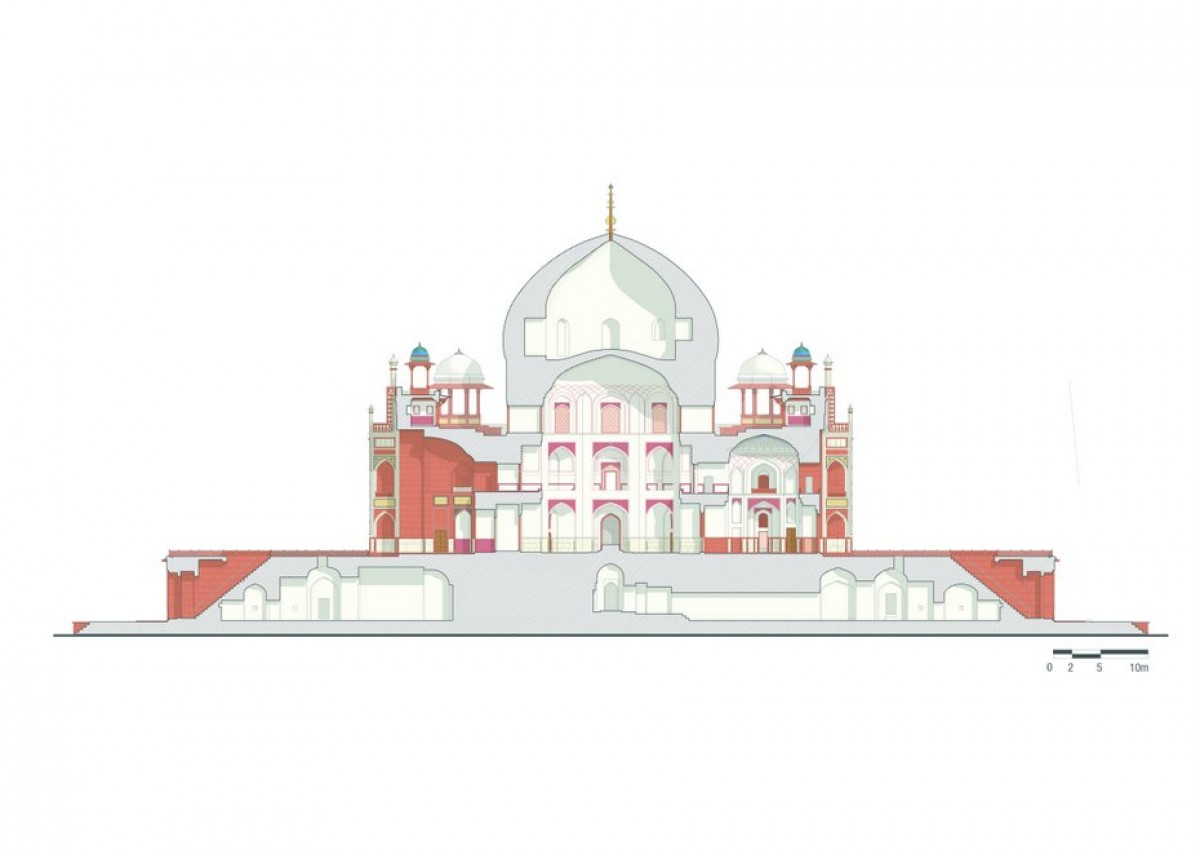
Conservation action needs to be based on exhaustive research, architectural documentation, understanding the structure’s significance, building typology and age, condition assessment of the structure, availability of funds, available craftsmen and building craft skills, known previous state of the monument, peer reviews of a written conservation plan, amongst many similar factors. It is well recognized that “documentation should be an essential prerequisite” prior to undertaking any conservation as “[it] aids in understanding the nature of the fabric of a monument and its value as well as its current condition” that is to be used as a basis on which “its Conservation Plan should be prepared.”
Conservation decision-making requires a deep understanding of the structure, possible only with architectural documentation, structural analysis, archival research—especially into past repairs, scientific investigations and analysis.
Accordingly, through 2007–08, a team of architects prepared measured drawings of Humayun’s Tomb, which served as the basis for the preliminary assessment of the condition of the mausoleum, as well as for the engineering team to prepare estimates for conservation works. The architectural documentation also served to carry out a structural analysis of the tomb in 2007–08 by Stuart Tappin of Stand Engineers, UK.
The architectural and photographic documentation was supplemented with a High Definition Survey using 3D laser scanning—a technology employed for the first time for conservation in India. This allowed a detailed assessment including a stone-by-stone inspection of the entire facade—wherein every stone was individually recorded, its condition analyzed and its specific repairs planned.










